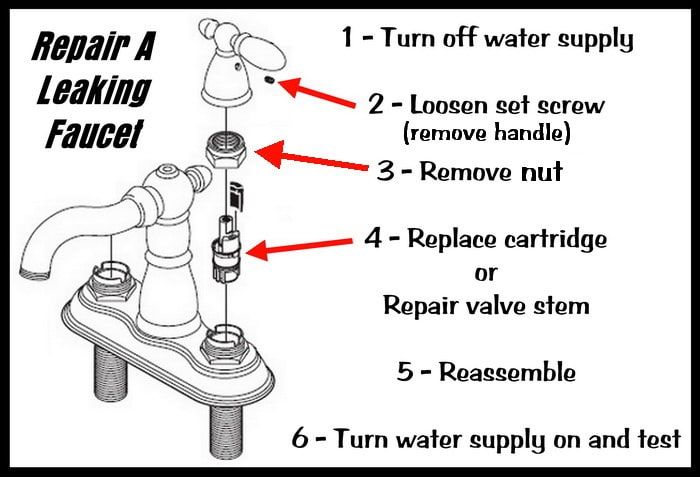I just filled up my tires and, two days later, my right tire is losing pressure. I’ve checked the tire for leaks and don’t think the tire itself needs replacing, so my next guess is the tire valve stem is leaking. How do I fix a tire valve stem leak?
Rachel Juillerat · Answered on Feb 18, 2022
Reviewed by Shannon Martin, Licensed Insurance Agent.
Fortunately for you, fixing a tire valve stem leak is both easy and cheap. You just need to purchase a replacement tire valve stem and a valve core tool. A pack containing both of these items is on Amazon for less than $5!
To replace the leaking tire valve stem, do the following:
Note: If you notice corrosion on the old stem, be sure to clean the interior threads of the tire stem on the tire.
While this is an easy and cheap fix, there are some car fixes you may need assistance with, so it’s always a good idea to invest in a solid car insurance policy.
Jerry makes finding the right policy for you easy. Jerry compares personalized rates from more than 50 top providers and delivers the best deals to your phone in minutes for free. The average Jerry driver saves $887 a year on car insurance.
MORE: Will insurance cover a flat tire?
Car RepairCar Tires
View full answer
WHY YOU CAN TRUST JERRY
Jerry partners with more than 50 insurance companies, but our content is independently researched, written, and fact-checked by our team of editors and agents. We aren’t paid for reviews or other content.
We aren’t paid for reviews or other content.
Browse More Content
Car Starter Repair
Basic Car Maintenance Schedule
What Is A Reset Maintenance Reminder System?
What To Do If You Hear A Whining Sound When Car Is In Gear
Turn Signal Bulb Replacement Cost Estimate
Chrysler 300 Lx Insurance Cost
Saturn Vue Insurance Cost
Volkswagen Touareg 3.2 Insurance Cost
Ford Taurus Ses Insurance Cost
Porsche Panamera S Insurance Cost
Lindside Car Insurance
Aberdeen Car Insurance
Lumber Bridge Car Insurance
Pioneer Car Insurance
Cle Elum Car Insurance
I’ve loved Lamborghinis since I was a kid. They’re sleek, they’re fast—they’re my dream car! I’m already saving up to buy one someday. How much does car insurance for a Lamborghini cost?
They’re sleek, they’re fast—they’re my dream car! I’m already saving up to buy one someday. How much does car insurance for a Lamborghini cost?
Melanie Johnson
Feb 18, 2022
I got a ticket yesterday and I’m so bummed. I’ve never gotten a ticket before—I was just zoned out and didn't realize I was going 10 over. Can I ask the judge to reduce my ticket?
Melanie Johnson
Feb 18, 2022
I’ve been sitting on my old car that no longer works and I’m ready to move on and clean out. Where can I sell it?
Pat Roache
Feb 18, 2022
Browse All Questions
The Toyota Stout was available for a short period in the U.S. during the ‘60s. It made its debut in America in 1964 but only stuck around for a few years.
Jane Lu
Dec 14, 2021
A variety of beloved classics were produced in the ‘70s, including the AMC Gremlin, Plymouth Barracuda, Pontiac Trans-Am, Jeep Cherokee, and the Chevrolet Monte Carlo.
Jane Lu
Nov 25, 2021
The Toyota Land Cruiser, Toyota Sequoia, Ford Expedition, and Chevrolet Suburban are four vehicles that can hit and even surpass 200,000 miles.
Jane Lu
Sep 22, 2021
Speeding
driving record
Car Body Repair
Car Reviews
FS-1 Form
Collision Coverage
Car Loans
No Fault State
Emergency Insurance
State Farm
Young Drivers
Cheap Auto Insurance
Full Coverage Insurance
Car Prices
driving record
Travelers
Natural Disasters
Save Money
Title Transfers
Donating a Car
Fleet Sales
Identity Theft
Chrysler
Mitsubishi
No long forms
No spam or unwanted phone calls
Quotes from top insurance companies
Find insurance savings — it's 100% free
Toyota
Hyundai
Mercedes-Benz
Subaru
Chevrolet
Mitsubishi
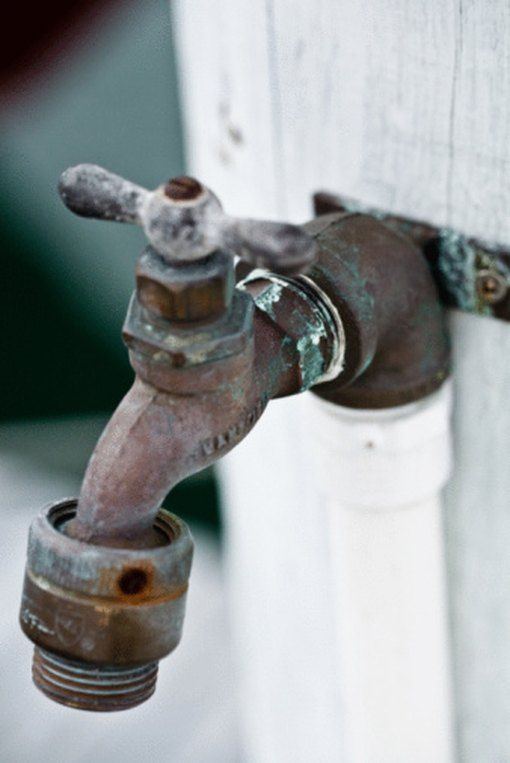 ca BlogSkip to content
ca BlogSkip to content “A tire only loses air if it’s punctured.” This is a common misconception that we have all had or heard and yet the reality is quite different. Indeed, a tire can lose air even without a puncture, as for example in the case of a crack in the valve that is used to inflate your tires. A punctured valve is difficult to detect, and not taking care of it in time can have real consequences for your tire, but also (and above all!) for your safety. Blackcircles Canada, your online tire specialist, offers below a complete guide to the causes and consequences of a punctured valve, and how to repair a leaking valve stem.
A valve is a pin located on the outside of the tire, through which the tire can be inflated/deflated. It has a mechanism consisting of a spring-mounted valve that closes tightly with the air pressure inside the tire. Over time, the stem valve may become brittle and cracked, which may increase the risk of air leaking through it.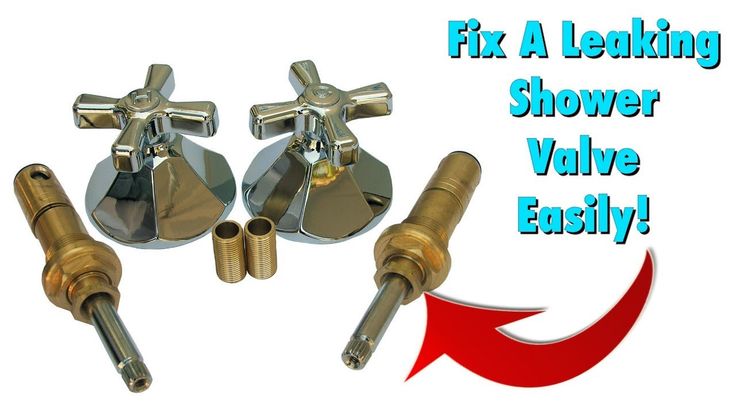
When the stem valve leaks, the affected tire is no longer able to retain air. Depending on the extent of the damage, the air will leak out slowly or more quickly. In both cases, the valve must be replaced.
If the air leakage is slow, you will be subject to the problems encountered by drivers driving with underinflated tires. Internal damage that can shorten the service life of the tire by up to a quarter, increased fuel consumption due to higher rolling resistance: the tire will damage faster, and your energy-efficiency will be significantly lower. The tire will also have poorer traction and the stability of your car will be reduced when cornering, not to mention the more pronounced deformation of the tire that increases its internal temperature, which can cause it to burst. Finally, an under-inflated tire increases the risk of hydroplaning. Tire pressure is thus very important!

First of all, make sure it is the tire valve stem that is leaking. To do so, there’s a very simple trick! Apply a mixture of water and dishwashing soap to the valve with the cap removed. If bubbles start to appear, your valve is leaking. If this is not the case, and there is a definite air leak, it will be located elsewhere on the tire.
Step 2: Gather the right tools before you start!Before you begin, make sure you have all the necessary equipment to complete the replacement of the faulty valve stem.
For this, you will need the following:
You are now ready to start the process!
Step 3: Loosen the nuts on the wheel you are going to work on.
To do so, use the wrench mentioned in the previous step to loosen each of the lug nuts holding your wheel in place. Do this while the car is still on the ground.
However, for certain models of vehicles, it is possible that the wheel nuts have an anti-theft ring. If this is the case, you’ll have to use the appropriate special key to remove the locking nut(s).
Step 4: Raise your vehicle with the jack and then remove the wheel.First and foremost, make sure the handbrake is applied so that your vehicle is completely immobilized. Then, use your jack to lift your car. Be sure to position it on the right part of the chassis so that the car is properly supported. This will prevent any damage to the car and any bodily injury. Once your car is lifted, secure it on jack stands. Unscrew the wheel bolts completely, then remove the wheel. Finally, place the wheel on the ground flat, with the outside of the wheel facing up.
Step 5: Remove the valve stem core with the removal tool and let the tire deflate.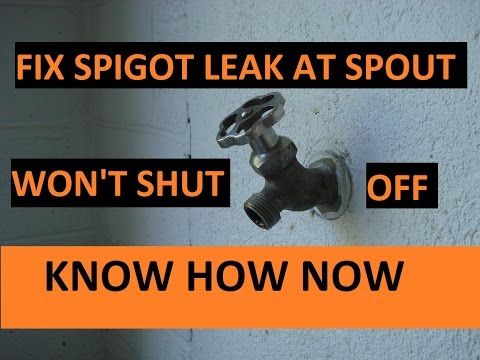
If you have not already done so, remove the valve cap. Then remove the valve stem core using the valve stem removal tool to release the air from the wheel, which should normally deflate completely on its own.
Step 6: Separate the tire’s bead from the wheel.For this step, use the sledgehammer in the following way: hit the tire sidewall with the sledgehammer in the same spot until you hear a crack or popping sound, and see the inside lip of the tire visibly break loose from the rim. This means that the tire has been successfully detached from the lip of the wheel.
Once the tire bead has been broken, continue hitting with the sledgehammer around the tire to detach the sidewall around the entire circumference of the wheel.
Step 7: Remove the tire from the rim.Once the sidewall of the tire is separated from the outer edge of the rim around the entire circumference of the wheel, insert your tire iron between the edge of the rim and the inside lip of the tire, and then pry upward to pull the lip of the tire over the edge of the wheel. Once you have pulled the lip of the tire over the edge of the wheel, work the tire iron around the rim until the entire lip of the tire is off the rim.
Once you have pulled the lip of the tire over the edge of the wheel, work the tire iron around the rim until the entire lip of the tire is off the rim.
Once the sidewall of the tire is completely above the wheel, grab it by its removed lip and pull it upward so that the opposite lip that was at the bottom of the wheel is now touching the top edge of the rim. Use your tire iron again by inserting it between the tire’s lip and the edge of the wheel and pry upwards to pull the lip over the edge of the rim. As before, work the tire iron around the edge of the wheel until the tire is removed from the wheel.
Step 8: Remove the defective valve stem and replace it with the new one.Once the tire is separated from the rim, it is time to remove the valve stem. To do this, first pull out the valve stem free from the wheel using the needle-nose pliers. Once this has been done, install the replacement valve stem from the inside of the wheel. Once it is in position, use the needle-nose pliers again to pull it through into its right place on the wheel.
Once the stem is in place, it is time to put the tire back on its rim. To do this, start by pressing the tire down over the rim until the bottom bead clears the edge of the rim. The aim here is to return the lower sidewall of the tire to its original position on the wheel.
Then press the upper sidewall of the tire down underneath the edge of the wheel. Then tuck your tire iron between the tire sidewall and the rim edge and use it to make the opposite movement to the one you used to pull the tire sidewall out of the rim. Once the bead clears the lip of the wheel, use the tire iron to work your way round the entire wheel until the tire is completely installed on the wheel. Then inflate it to the correct pressure using the air compressor.
Step 10: Make sure there are no other leaks, and mount your wheel back on!Once the tire is inflated to the correct pressure, check for other leaks. If all is well, mount the wheel on your vehicle and bring it down by lowering the level of the jack stands until the repaired wheel touches the ground and you can safely remove them.
If all is well, mount the wheel on your vehicle and bring it down by lowering the level of the jack stands until the repaired wheel touches the ground and you can safely remove them.
Ultimately, it is very important to make sure your tires are free of air leaks to maintain proper air pressure at all times. In the case of a slow air leak, the consequences can be dramatic. If the air leak is due to a faulty tire valve, you will definitely need to replace it. You can either follow the above procedure on how to repair a leaking tire valve or take it directly to a specialist. If, on the other hand, you need to change the entire tire, consult our selection of tires adapted for your car directly online on our website!
Tire Installation 101: When and how to change your tires?
Q: How do I fix a leaky faucet on my bathroom sink? My bathroom is constantly dripping water from the faucet . The faucet is off but still running. The faucet has 2 handles and skips 1 drop every 5 seconds. What's the easiest way to fix a leaky bathroom faucet?
The faucet is off but still running. The faucet has 2 handles and skips 1 drop every 5 seconds. What's the easiest way to fix a leaky bathroom faucet?
ANSWER: The faucet part is worn out and needs to be replaced. Depending on the type of your double handle faucet, the faucet contains a CARTRIDGE, COMPRESSION/REVERSE COMPRESSION, or CERAMIC DISC. These components wear out over time and if a leak is found they will need to be replaced or repaired. nine0007
On which side is my faucet leaking?
To find out which side the leak is coming from, turn off one of the water taps under the sink. If the water stops flowing, then you have found the right side of the leak. If water is still flowing from the faucet, then the other side is flowing. Be sure to close both water supply valves when repairing a leaking faucet.
Leaking Faucet Fix (Quick Step Guide):
To fix a leaking double handle faucet, you will need to remove the cartridge, compression/valve stem or ceramic disc. This worn component causes water to leak either from the faucet itself or from under the handles. Remove this part from the faucet handle and match it with a new one or replace the seals/O-rings/gaskets. Use the faucet repair kit when replacing oil seals or O-rings.
Repairing a leaking faucet - step by step
1 - Disconnect the water supply
2 - Loosen the installation screw
3 - Remove the handle
4 - Remove the nut
5 - replace the cartridge or repair the valve 6- 7 - Turn on the water supply and check
Fix a leaking faucet (tools needed):
- Flat screwdriver
- Phillips screwdriver
- Adjustable Wrench
- Pliers
- Hex / Hex Wrenches
Additional Tools/Parts Required:
- Seat Removal Tool
- Plumber Grease
- Faucet Cartridge / Valve Stem
- Below 9002 Valve Stem Repair Kit 3 types of mixers are described: compression type (valve stem), cartridge (cartridge) or ceramic disc (cylinder).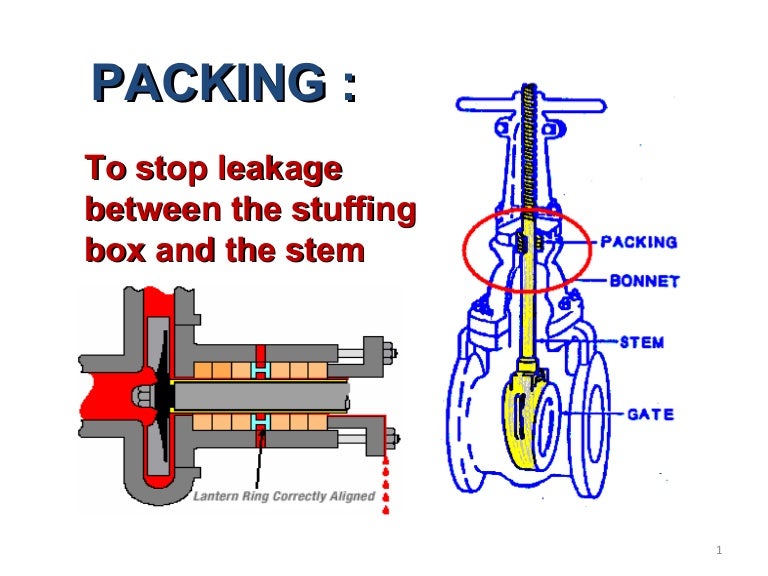
How to Repair Leaking Compression Valve (Reverse Compression)
1. Turn OFF both water lines to the faucet.
2. Loosen the set screw on the faucet handle.
3. Remove the tap handle/handle.
4. Unscrew and remove the valve stem.
5. Remove the screw, gasket, o-rings, and washers from the stem.
6. Apply plumber's grease to the stem.
7. Install a new screw, gasket, O-rings, and washers on the stem.
8. Remove the valve seat from the valve.
9. Insert a new valve seat into the faucet.
10. Install the repaired valve stem. nine0014 11. Replace the handle or handle.
12. Tighten the set screw on the handle/knob.
13. Turn on both water lines.
14. Test the faucet.
FAUCET REPAIR KITS
HOLE VALVE STEM REPLACEMENT
2.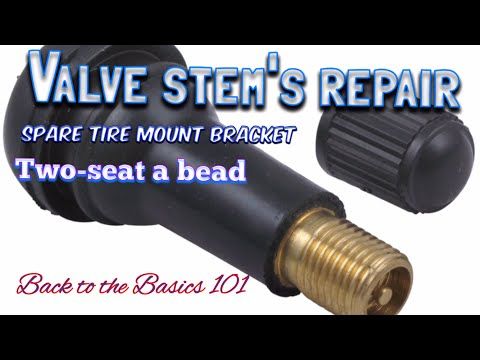 Loosen the set screw on the faucet handle.
Loosen the set screw on the faucet handle.
3. Remove the faucet handle. nine0014 4. Remove the retaining clip/nut.
5. Pull out the cartridge. (use pliers to pull up and pull out)
6. Insert new cartridge.
7. Install the retaining clip/nut.
8. Replace the faucet handle.
9. Tighten the set screw on the handle.
10. Turn on both water lines.
11. Test valve.
REPLACING THE FAUCET CARTRIDGE
How to repair a water leak from a ceramic disc faucet
1. Turn OFF both water lines to the faucet.
2. Loosen the set screw on the faucet handle.
3. Remove the faucet handle or handle.
4. Unscrew the lock nut.
5. Remove the worn cylinder. (use pliers to pull up and pull out)
6. Add plumber's grease to new cylinder. (optional)
7. Push the new cylinder into place.
8.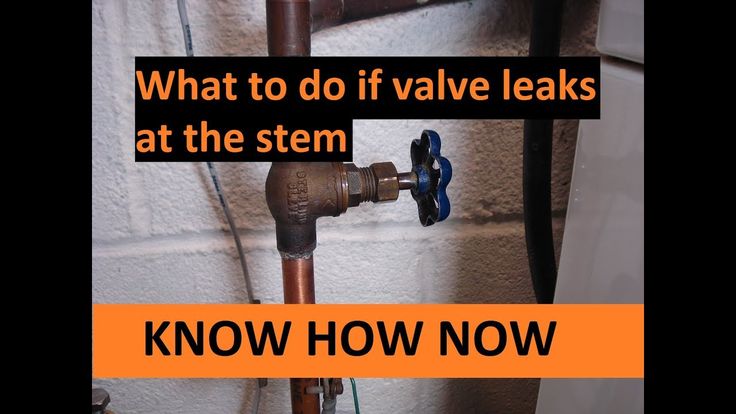 Replace the nut to secure the cylinder (do not overtighten).
Replace the nut to secure the cylinder (do not overtighten).
9. Push the tap handle back into place. nine0014 10. Tighten the set screw on the faucet handle.
11. Turn on both water lines.
12. Test the faucet.
REPLACING CERAMIC DISC (CYLINDER)
The above leak repair methods will work with faucets in kitchen, bath , shower , and bathroom .
Parts diagram for double handle bathroom faucet
Need help with a leaky faucet? Submit your question below and we'll help you fix a leaky faucet. nine0007
My washer's washer water stop valve is leaking. I made sure the hoses are tight, but the leak seems to be coming from another part of the valve. When I put the valve handle in the vertical position, the water in the washer is turned off. When I pull back on the water valve handle, water enters the washing machine.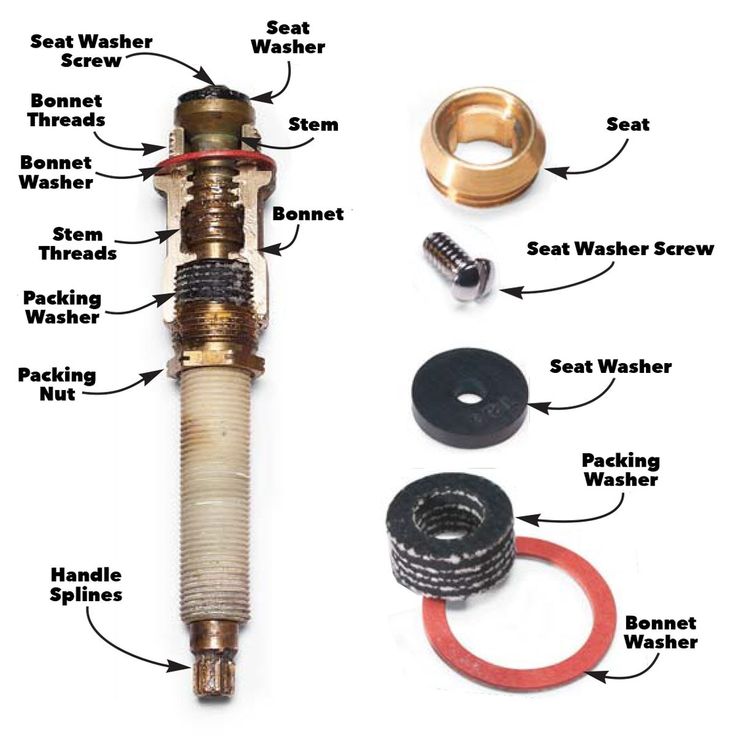 If I open the valve fully, there will be no water leakage. nine0031 The valve only leaks when it is in the on or open position. Water is leaking where the valve handle connects to the valve and sometimes under what looks like large flat head screws. This is not a very bad leak, does not splatter everywhere. It drips very slowly, but enough to wet the wall. I don't want mold on the wall and I'm afraid the leak might get worse. Could you please provide me with a very simple and easy solution that a non-techie can follow? nine0007
If I open the valve fully, there will be no water leakage. nine0031 The valve only leaks when it is in the on or open position. Water is leaking where the valve handle connects to the valve and sometimes under what looks like large flat head screws. This is not a very bad leak, does not splatter everywhere. It drips very slowly, but enough to wet the wall. I don't want mold on the wall and I'm afraid the leak might get worse. Could you please provide me with a very simple and easy solution that a non-techie can follow? nine0007
The easiest way to fix a leaky washer water valve is to replace the o-rings or bushings. This is a simple solution and involves shutting off the water, disassembling the valve and replacing old worn o-rings, bushings or Teflon rings. The most common cause of a leaking washing machine water valve is loose hose connections or worn o-rings/grommets.
There are various types of washer shut-off valves. nine0004 This page will help you better understand the different types of valves and learn how to fix a leak yourself. The images and videos below show the different types of valves that can be installed behind your washing machine.
nine0004 This page will help you better understand the different types of valves and learn how to fix a leak yourself. The images and videos below show the different types of valves that can be installed behind your washing machine.
First make sure the water hoses are tight. Also check the o-rings in the water hoses where the hose is screwed to the valve. Make sure the water hose o-rings are smooth, not torn, broken, or too tight. If the hoses are not leaking and the leak is coming directly from the valve, then replacing the o-rings should stop the leak. If there is a crack on the water valve, then it cannot be repaired. If you find a real crack in the valve itself, it must be removed and replaced. nine0007
Typical washer water shut-off valve disassembled
Quick and easy replacement of faulty leaky o-rings or bushings , find the exact type of valve you have. Yes Generally, 3 different types of water valves are used for washing machines. . Find the right type by searching Google for Washing Machine Water Valve and image search find a photo similar to yours. Once you know what type of water valve you have, look for a valve kit or plumbing fitting for a water on/off valve. The repair kit will consist of o-rings, bushings, plastic packing nuts and possibly plastic or teflon inserts that are used to rebuild the valve and fix the leak. O-rings and bushings wear out over time and must be replaced if leaks occur. nine0004
Instructions for replacing the O-ring for a typical check valve washer
Try this simple solution if the leak is on the handle: . Use a crescent wrench and tighten the nut (clockwise) at the base of the stem while holding the knob in place.
two - Open and close the valve several times. If the leak stopped, you fixed it by simply tightening the nut. nine0003 If the valve is still leaking, the O-ring or bushing on the packing nut must be replaced. Replace and test. If there are no leaks, you have successfully fixed the leak. If not see below...
Replace and test. If there are no leaks, you have successfully fixed the leak. If not see below...
To completely restore the washer water valve, use the following method:
1 - Shut off the water supply to the entire house (usually located outside and under a panel or along the front of the house).
two - Remove the screw or nut that holds the washer valve handle to the valve stem and remove the washer valve handle from the stem. nine0007
3 - Remove the nut (counterclockwise) with a crescent wrench. Remove the rubber o-ring or Teflon fiber disc bushing inside the valve by lifting it off the stem. A flat-bladed screwdriver may be required to remove the bushing if it is compressed.
4 - Take the new bushing/o-ring/fiber teflon disc and slide it over the stem where the old one you just removed was.